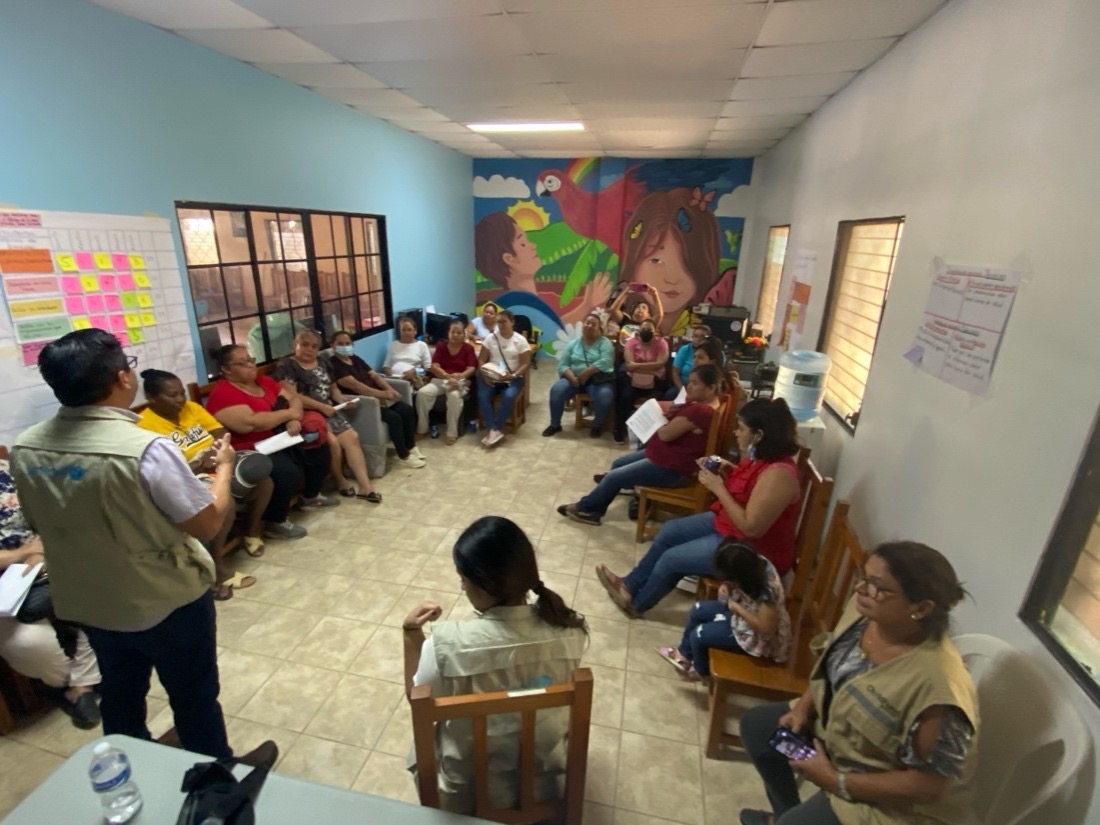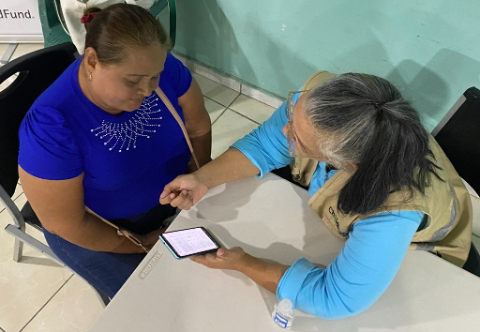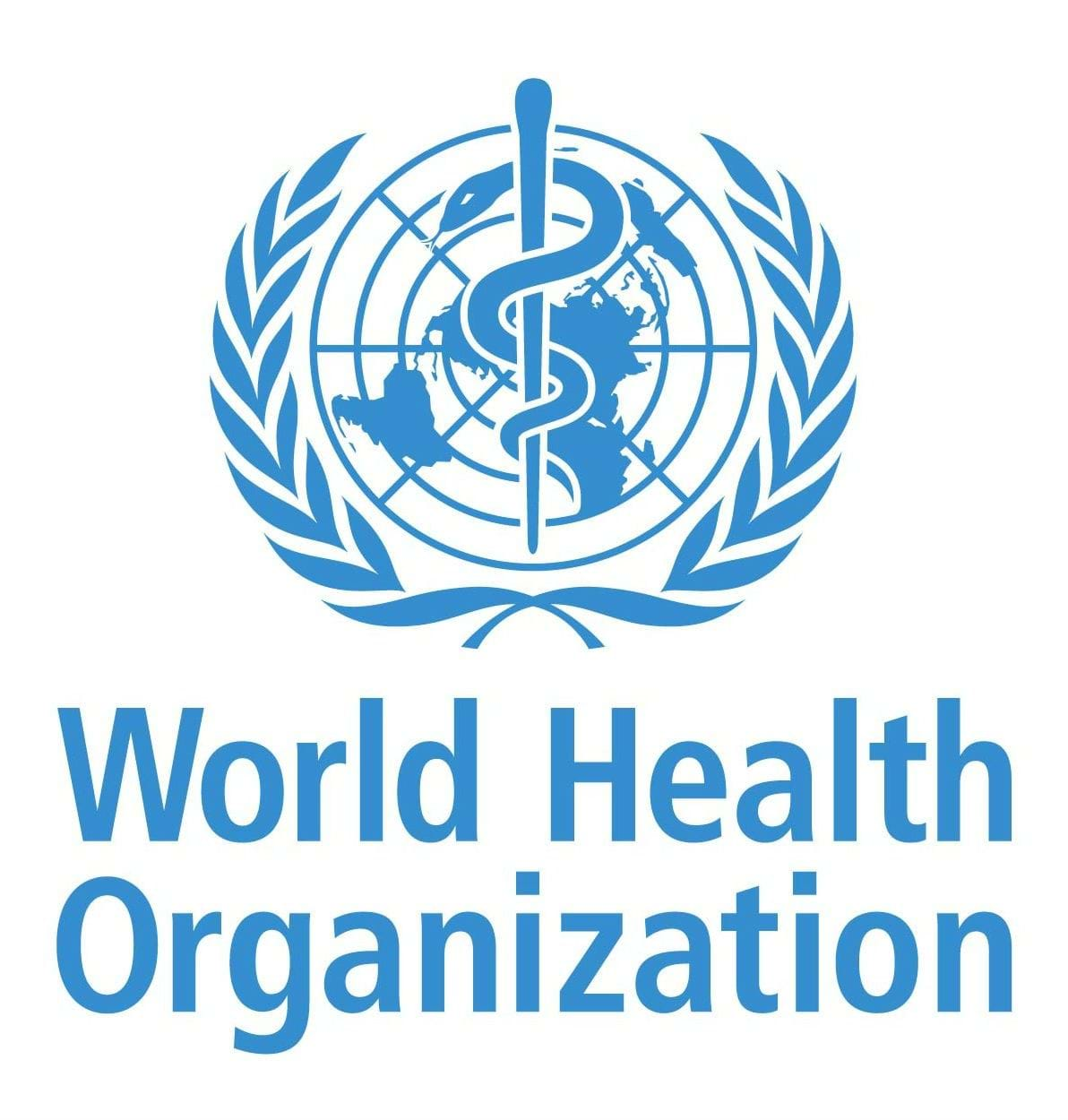In the sprawling lush greenery of Cortés, Honduras, a silent revolution is taking place—a revolution not in the streets, but on the screens of smartphones of those who are the pillars of community healthcare: women.
Women have long provided care with unmatched dedication, yet they've been underrepresented in the decision-making of the sector they keep afloat. In fact, WHO estimates that globally women make up 67% of the paid health and care workforce but hold just 25% of leadership roles. Likewise, in these close-knit communities in Cortés, female community health volunteers (CHVs) comprise the unseen majority of the volunteer health workforce. Since CHVs are not part of the paid health sector, their status as both women and volunteers limits their access to the trainings and supervision required to facilitate the delivery of health care in their communities. But new uses of the digital tools to which they already have access can help overcome this barrier.

The rapid digital transformation of the health sector, expedited by the challenges of the COVID-19 pandemic, has magnified the necessity for digital proficiency amongst health workers. It has become crucial for health workers to navigate, and thrive within, a world increasingly reliant on digital platforms and devices. This transition to digital can be especially difficult for CHVs.
Yet, standing in sharp contrast to this digital surge is a stark gender digital divide. This divide not only threatens to deepen existing inequalities but also risks sidelining the voices of women, who form the majority in providing healthcare.
UNICEF, in partnership with ChildFund, sought to understand and bridge this divide by seeking to understand how female CHVs felt about receiving trainings through WhatsApp on their smart phones. They engaged 100 such volunteers in focus group discussions to capture feedback on their experience. Data was also collected on if and how they use digital devices in their personal and professional lives, among other variables such as their perceived status in their community and safety concerns with using a digital device.
The participants, whose ages ranged from under 25 to over 70, reflected the demographic diversity of the healthcare workforce. Despite varying levels of education, with over a third having a 6th-grade education or less, they shared a common tool: a smartphone. While most of these volunteers used WhatsApp daily, many were unfamiliar with its full potential, utilizing it for basic functions akin to those of a simple flip phone.
These discussions uncovered that nearly half of the participants learned to unlock new functionalities of WhatsApp through the training. They discovered features like filling out survey forms and following links, which are simple for some but groundbreaking for others who had previously seen their phones as mere calling and texting devices.
"What does it mean for them—the swift digital transformation of the health sector, a sector led by men yet dominated by women?" This question echoed throughout the project as it explored the implications for millions of people who rely on these volunteers for essential health services.
One volunteer described the shift to digital training as more than just a new method; it was an enabler, allowing them to balance the act of caring for their families with personal and professional development. The flexibility afforded by the virtual courses meant they did not have to choose between familial responsibilities and career growth – they could do both.
From the data collected, a vivid picture emerged: volunteers spoke of both the pros and cons of virtual training. For some, the social aspect of in-person sessions and the accountability it fostered was irreplaceable. Others found online courses more accessible, as financial constraints and familial duties often limited their ability to participate in traditional face-to-face settings.
The pride the volunteers took in their roles was profound, with many expressing an eagerness for more training. This desire for continuous learning represented not just a need for knowledge but a drive to better serve their communities in an increasingly digital world.
The trainings underscore the urgent need to bridge the gender digital divide and highlight the adaptation, resilience, and the indomitable spirit of the female health workforce at the heart of community care.

For more information, contact Naina Ahuja, Digital Health Officer HQ, Emily Nicholson Digital Health Specialist LACRO

.png?sfvrsn=6d0e27cd_1)



